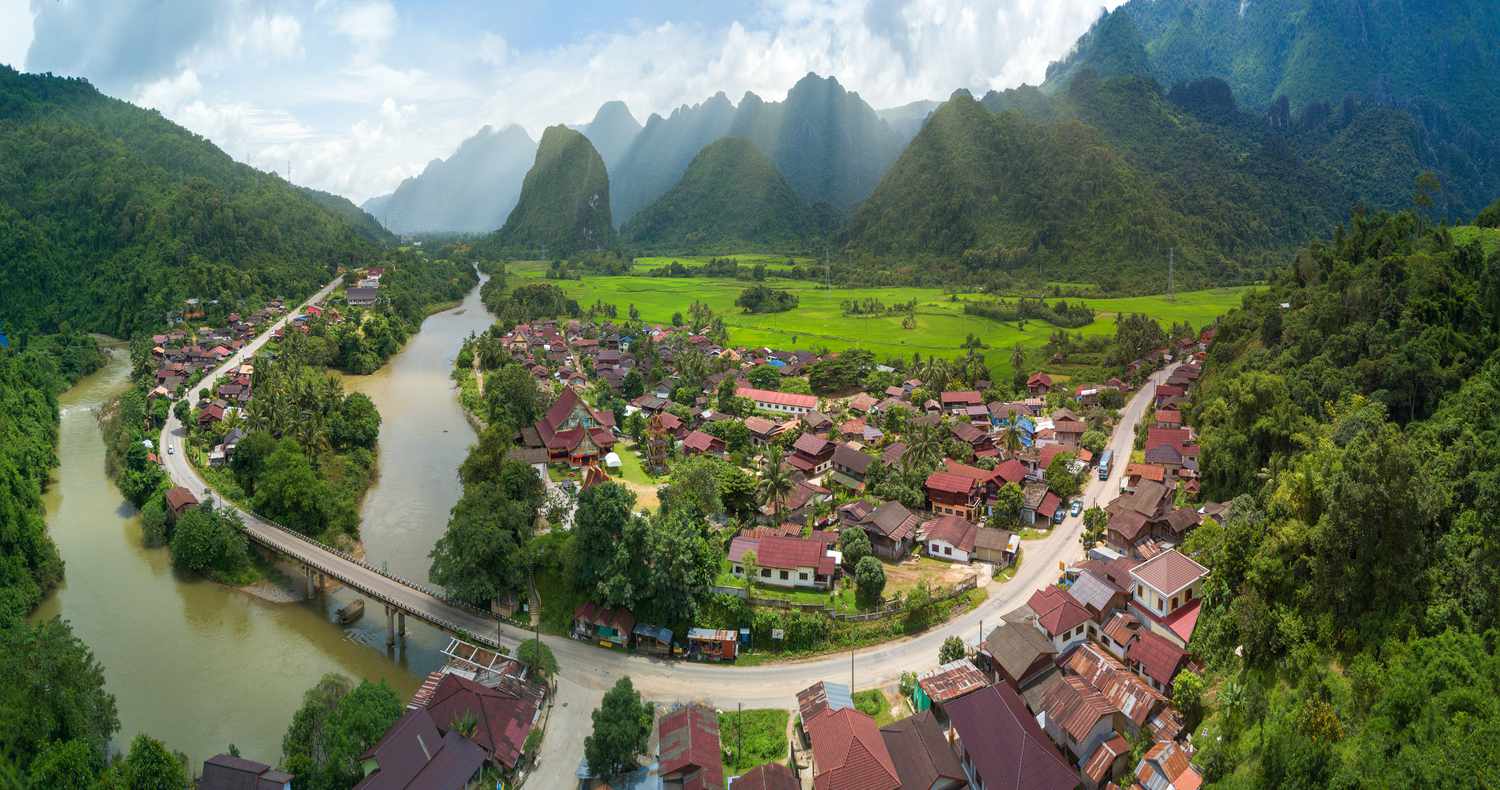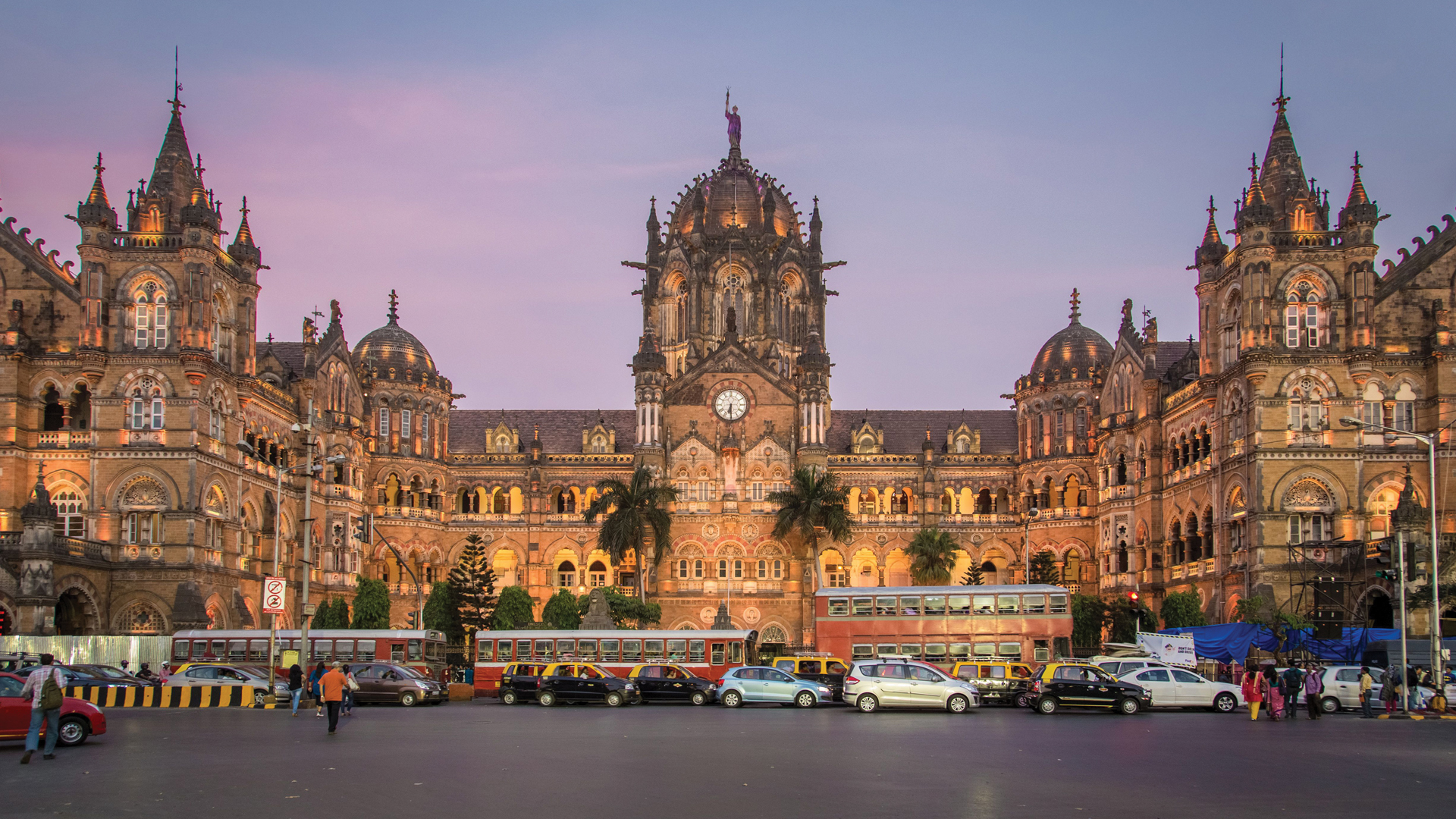Discover how these forward-thinking communities, from Laos to Greece, are offering more opportunities for meaningful slow travel.
Laos
Board a new train that makes the country’s wonders more accessible
“Since COVID, Louangphabang depends on tourists from all over Laos, especially from Vientiane and southern Laos,” says Veomanee Douangdala, managing director and cofounder of Ock Pop Tok Cultural Center, a weaving collective focused on traditional Lao textiles.
Previously Laotian travelers endured a five-to-six-hour car trip from Vientiane to reach Louangphabang. Zipping along at a hundred miles an hour, the rail journey takes just under two hours. “The train is faster,” says Douangdala, “with good scenery.”
Dodecanese Islands, Greece
See how this archipelago balances growing popularity with maintaining traditions
Will more visitors spoil the Dodecanese? Off the Turkish coast, these Greek islands cast an alluring spell conjured with their rocky beauty and feisty history. A cast of conquerors—Romans, Ottomans, and Italians—left their fingerprints on everything from the architecture to the food. Today’s invaders come not for fortune, but for selfies, at better known Dodecanese islands such as Leros, Patmos, and Kos.
An important aspect of sustainable tourism, says Evangelia Agapiou, founder of Ecotourism Karpathos, is to involve as many locals as possible, whether it’s through demonstrations of traditional winemaking or through night fishing excursions with fishermen.
Ghana
Find roots of Black heritage in West Africa

“More than a return, it’s a remembering,” says National Geographic photography fellow Melissa Bunni Elian, who journeyed to Ghana last spring. Elian notes that Ghana has a “strong pan-African spirit. You’ll hear Afrobeats everywhere, from the taxis to the grocery store, but also reggae, Haitian zouk, American hip-hop.”
For those interested in design, the capital of Accra is “the center of fashion for Ghana,” she says. “There’s always something bright or loud or colorful. [Ghanaians] have very distinct ways of putting things together.”
Milwaukee, Wisconsin
Experience why this is the Great Lakes city to watch
Follow the locals and kayak down one of the rivers before disembarking to explore the Historic Third Ward, a former industrial neighborhood laced with bike lanes. At the Milwaukee Public Market, you can score a bag of cheese curds, as beloved as the local bratwursts; then follow the shore of Lake Michigan to the Milwaukee Art Museum’s sculptural pavilion designed by Santiago Calatrava.
Beer was the drink that made Milwaukee famous. Hit up a brewery—the city has dozens—to see how they’ve evolved. The stylish taprooms pouring crafted IPAs and porters are light-years removed from the clinky-clanky bottling plants where TV characters Laverne and Shirley toiled.
Alberta, Canada
Follow the leader in Indigenous tourism

Alberta is celebrated for such natural wonders as the Athabasca Glacier and Banff National Park, both high in the Rocky Mountains; its wide-open prairie vistas; and the glass-and-steel modernity of cities like Calgary and Edmonton. But there are different perspectives to consider in this Canadian province, part of a rethinking about how Indigenous stories are told across all of North America.
They can also admire the visions and myths found in the rock carvings and paintings left on the sandstone formations and rock spires of Writing-on-Stone/Áísínai’pi, a UNESCO World Heritage site in the high grassland prairies of Milk River Valley.



